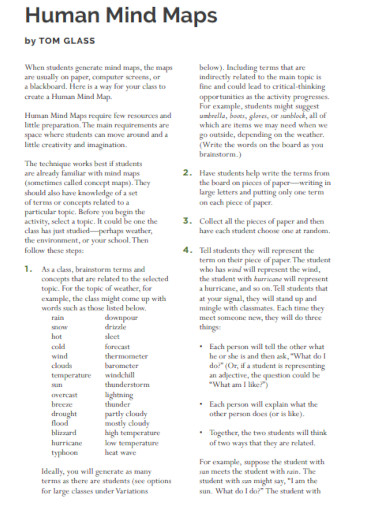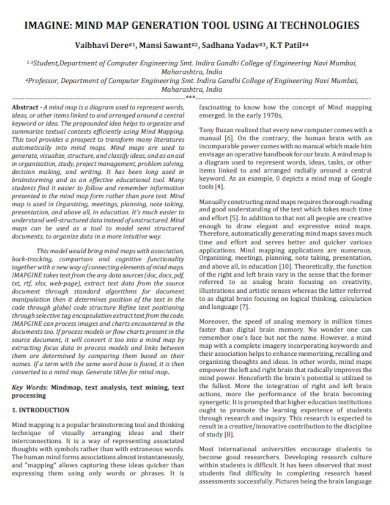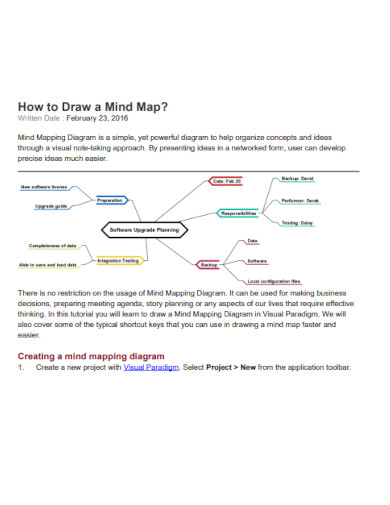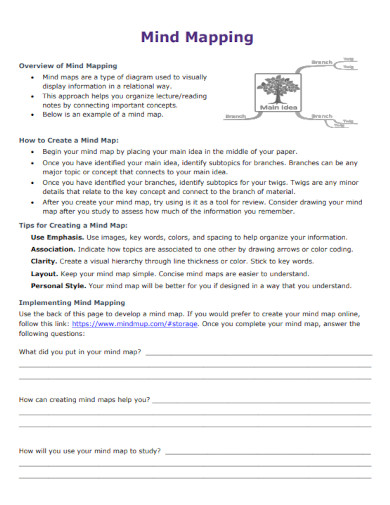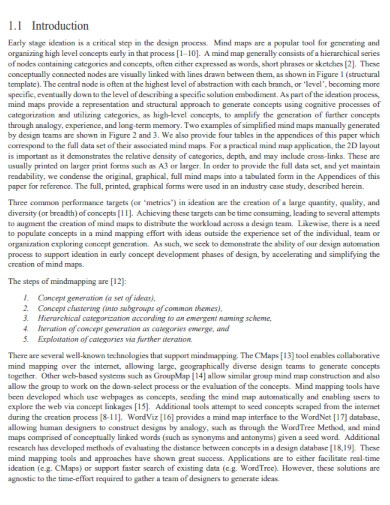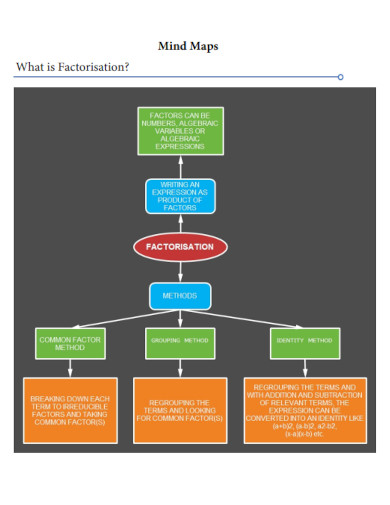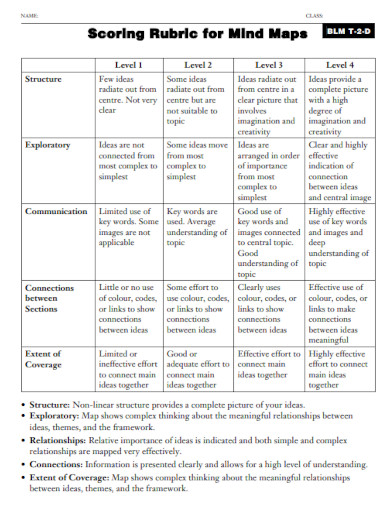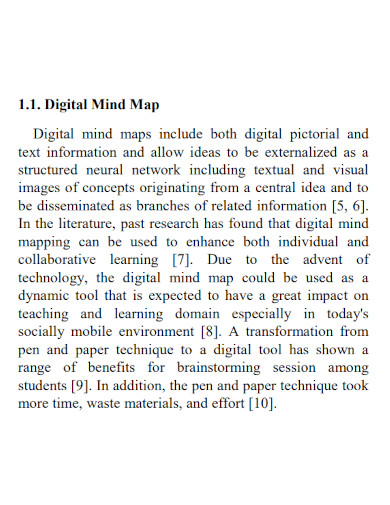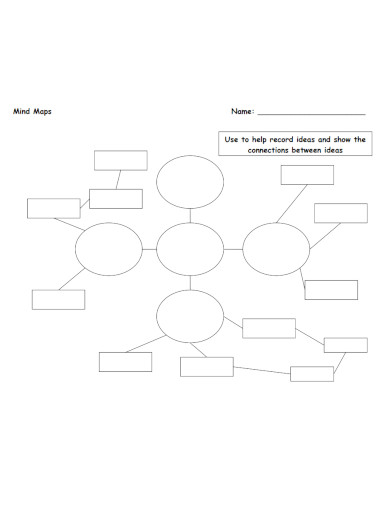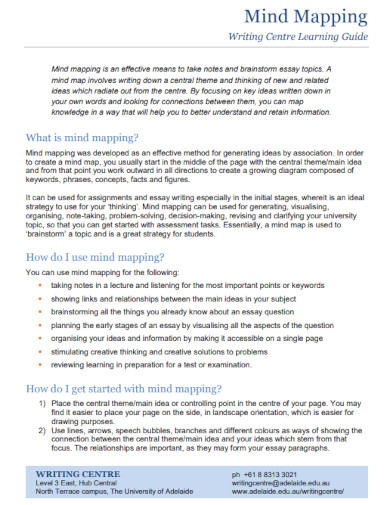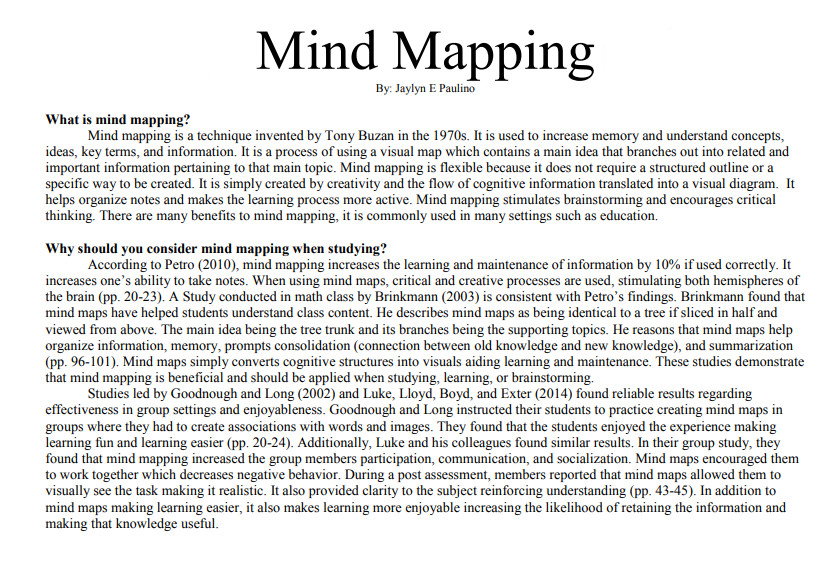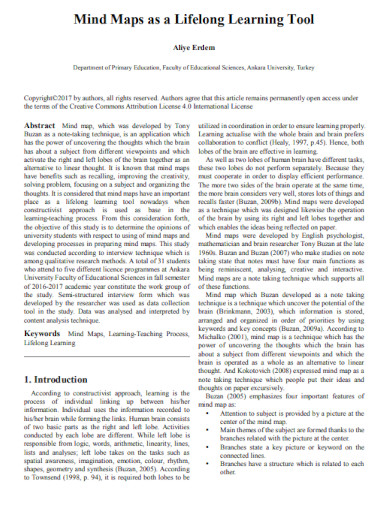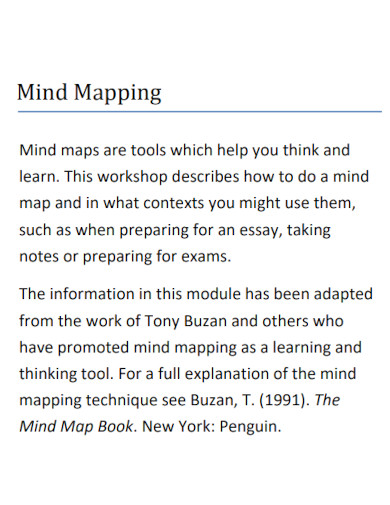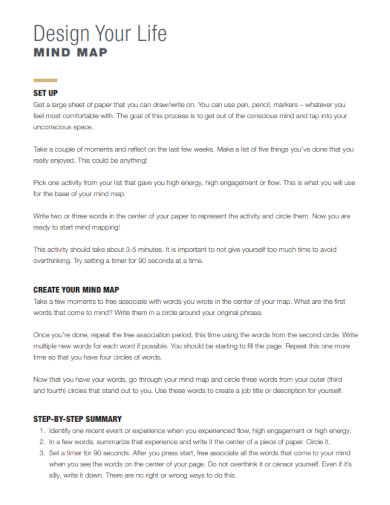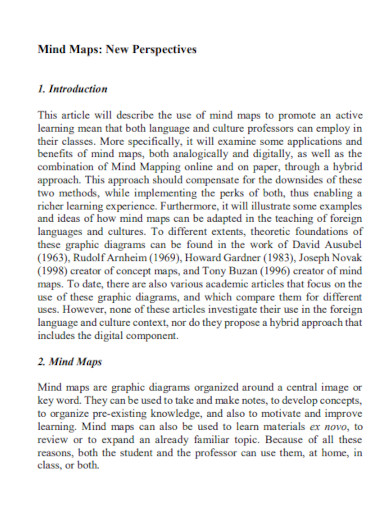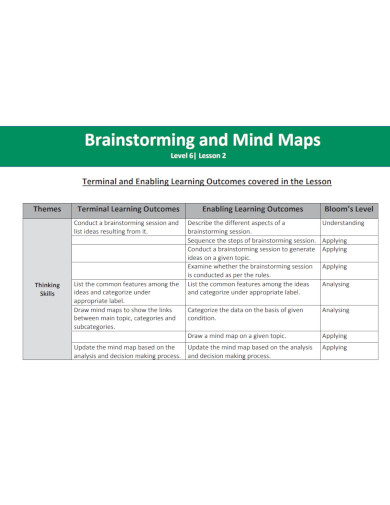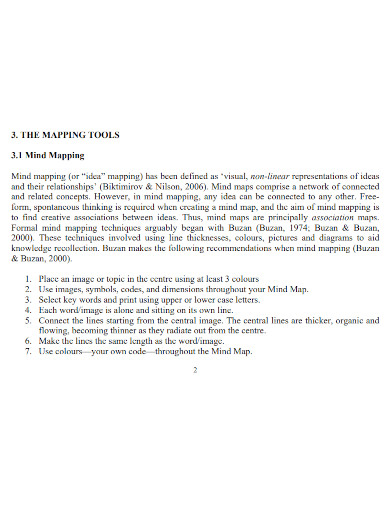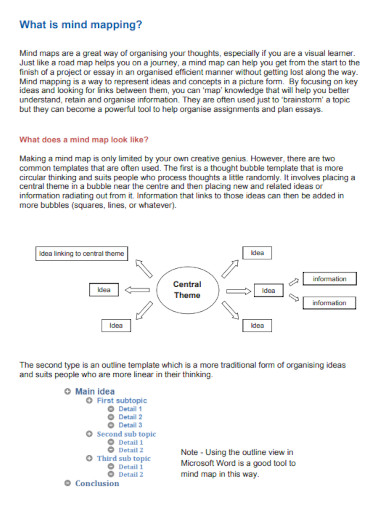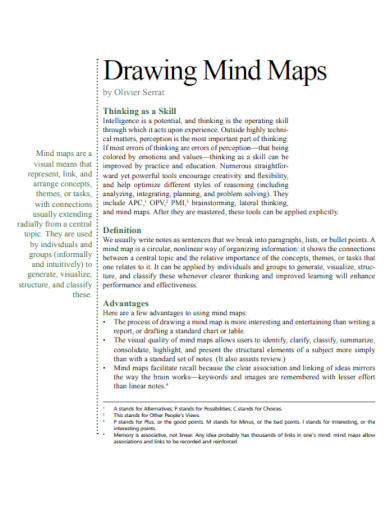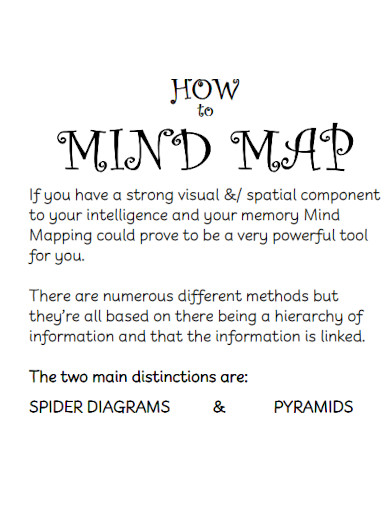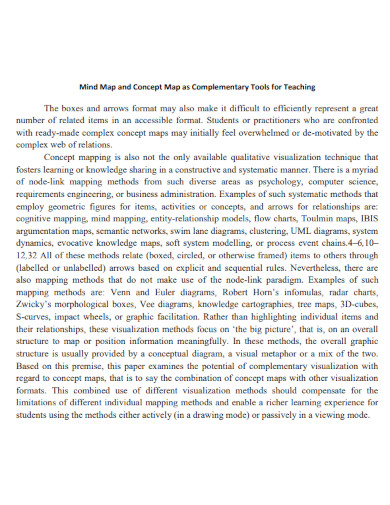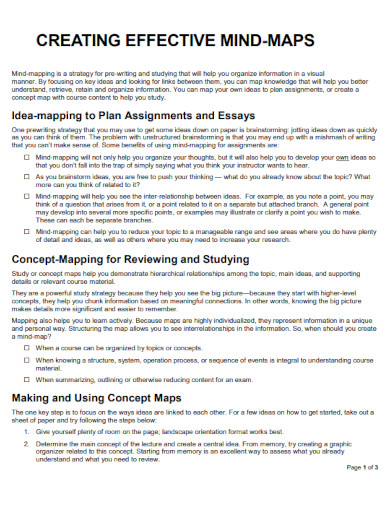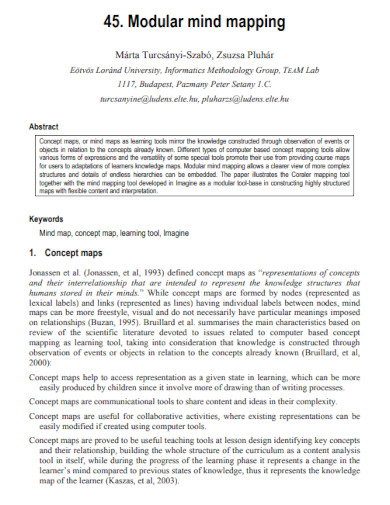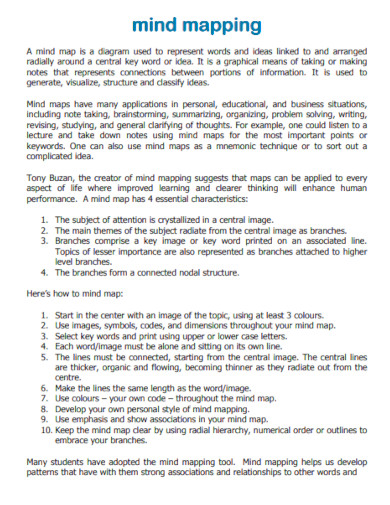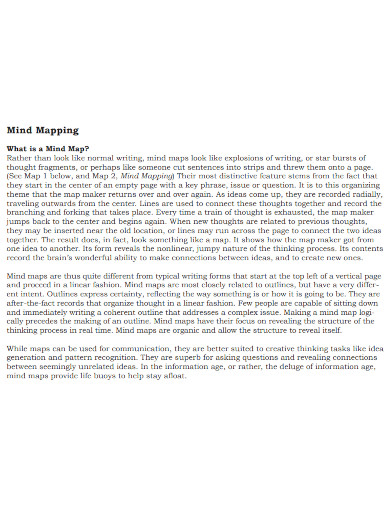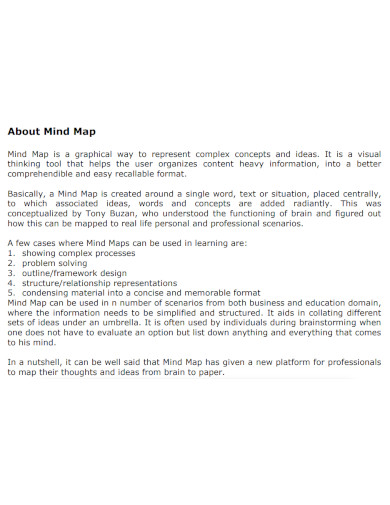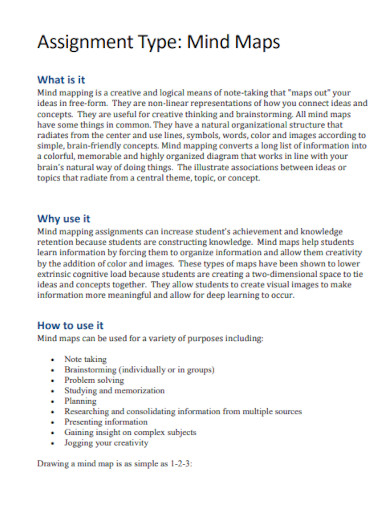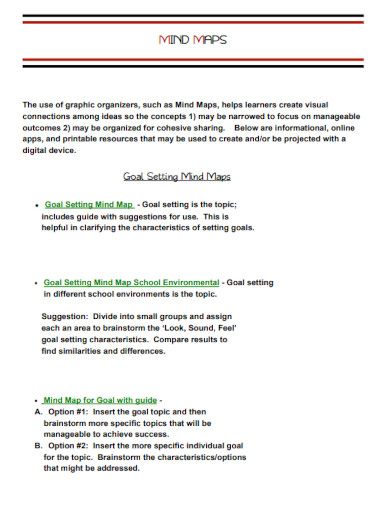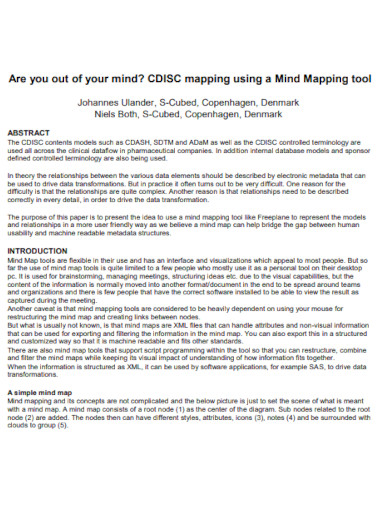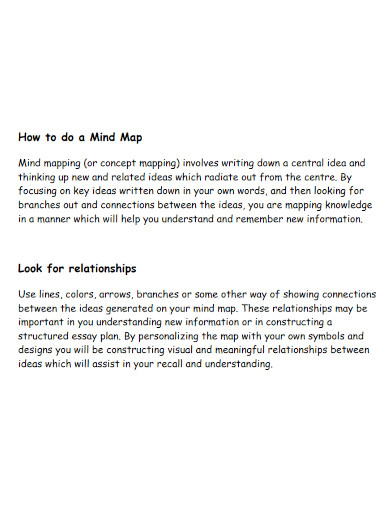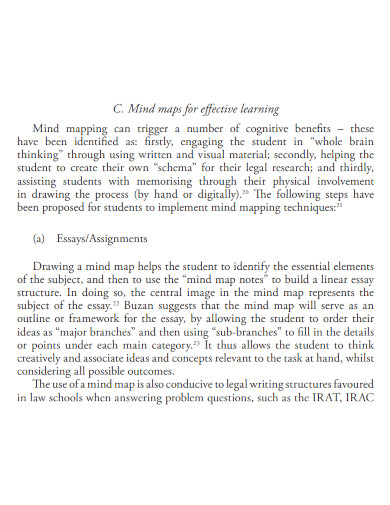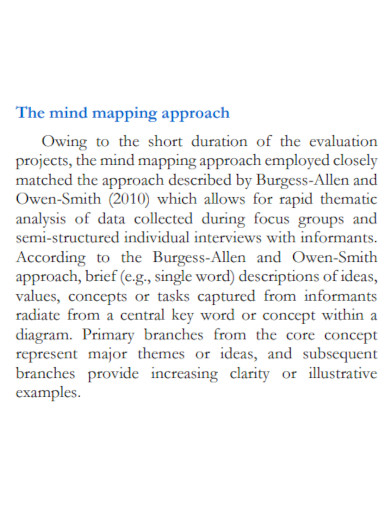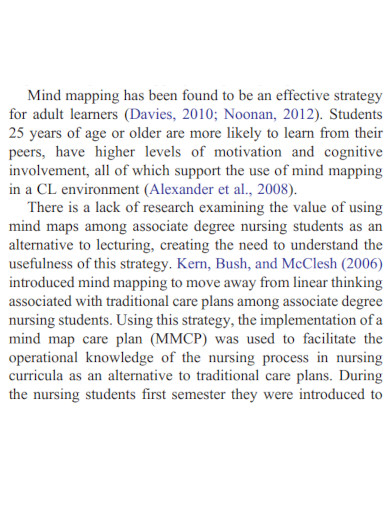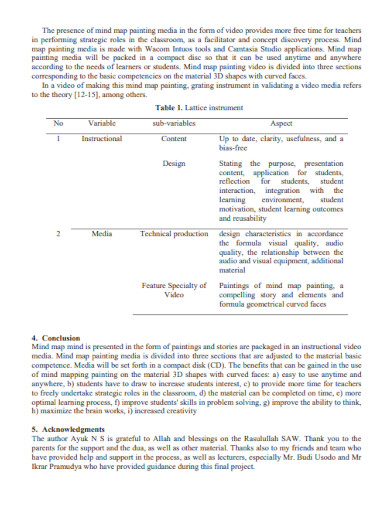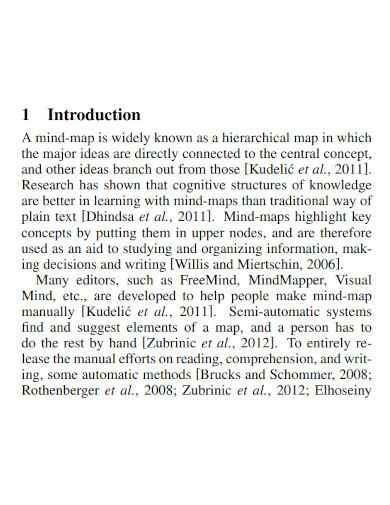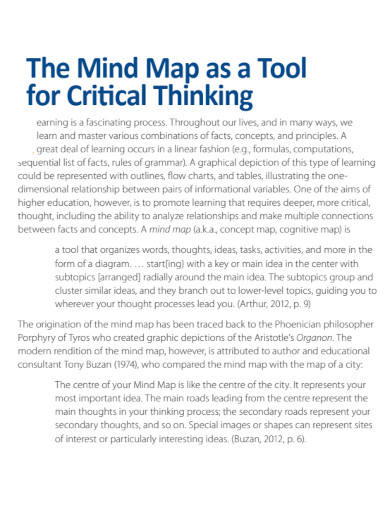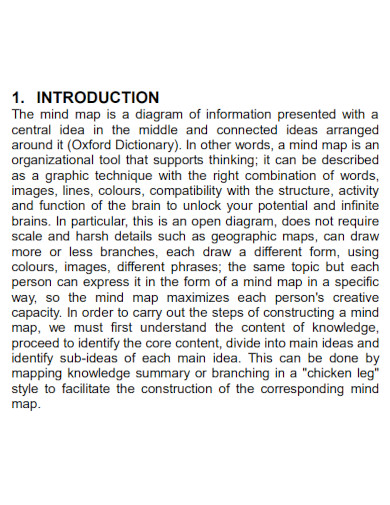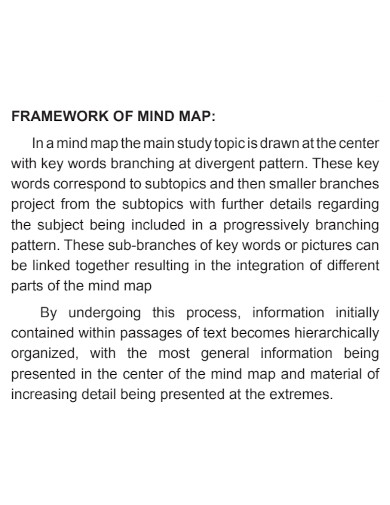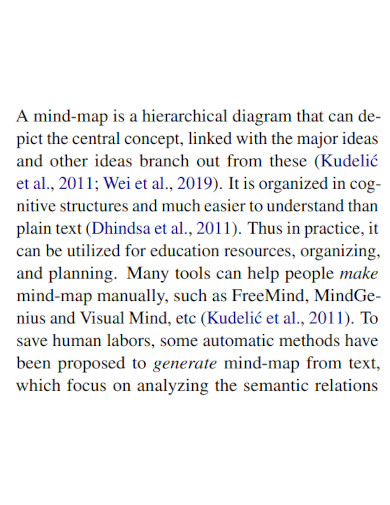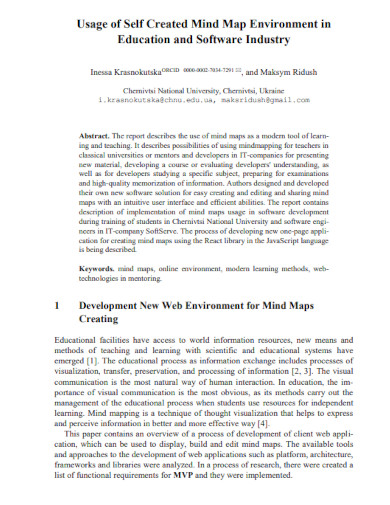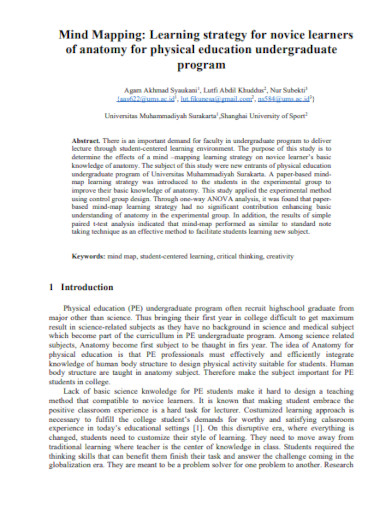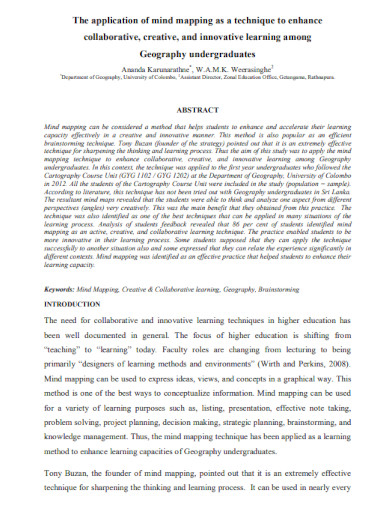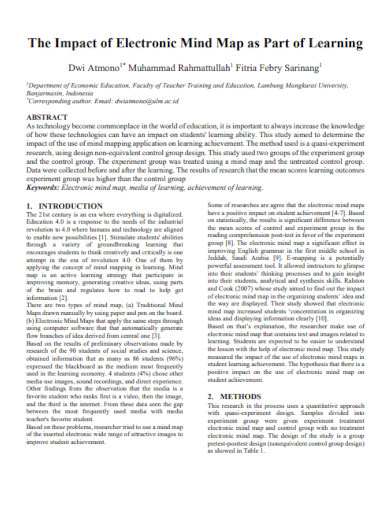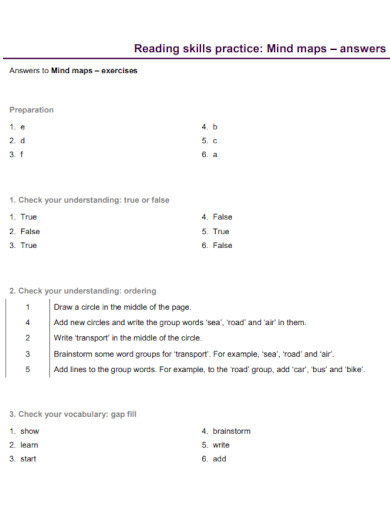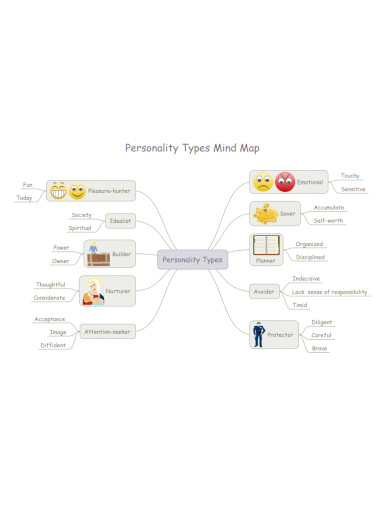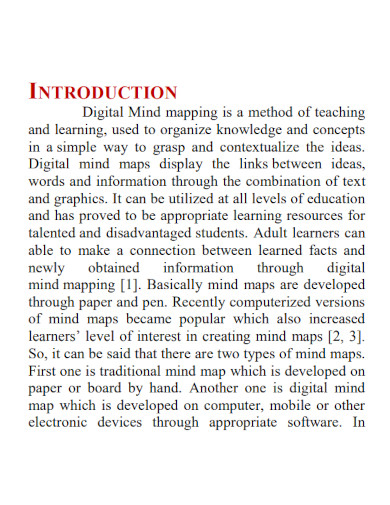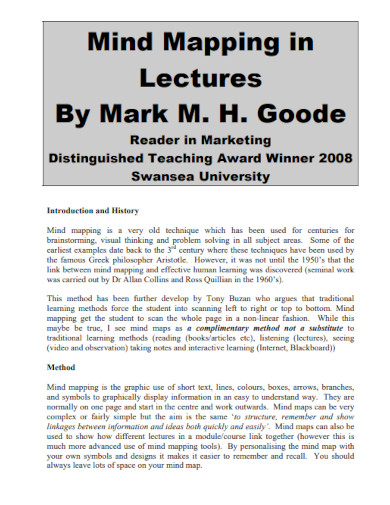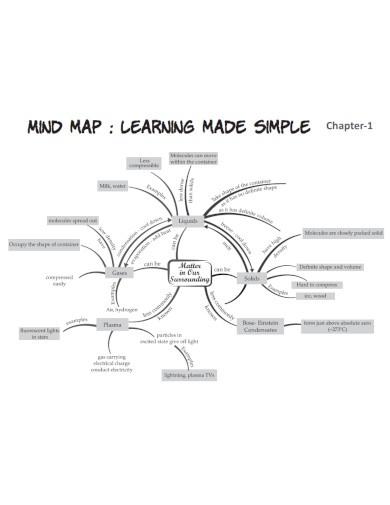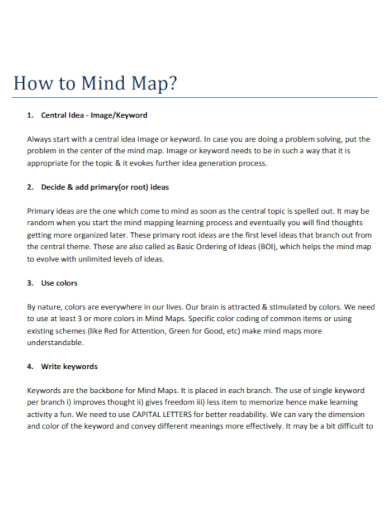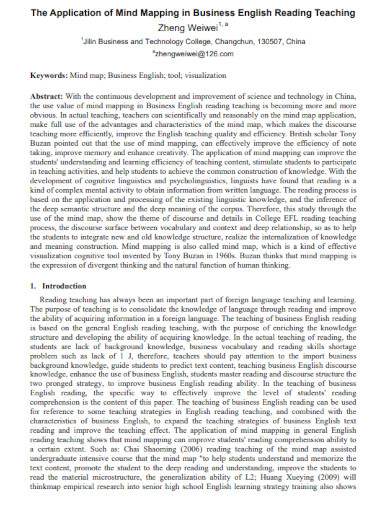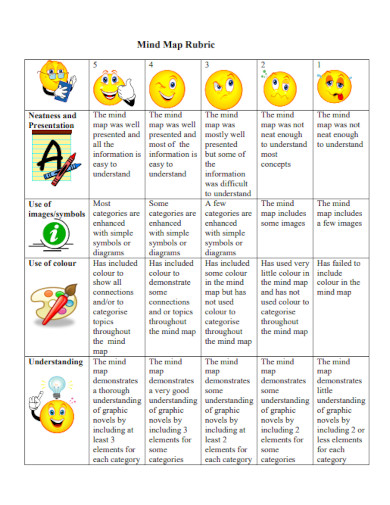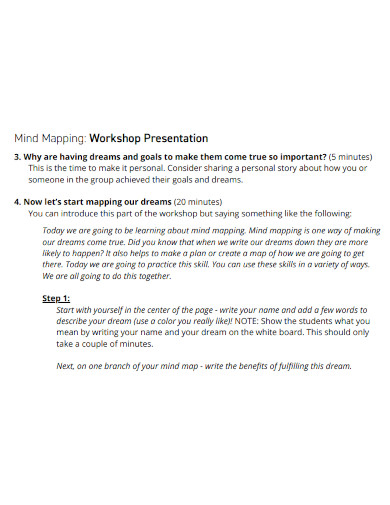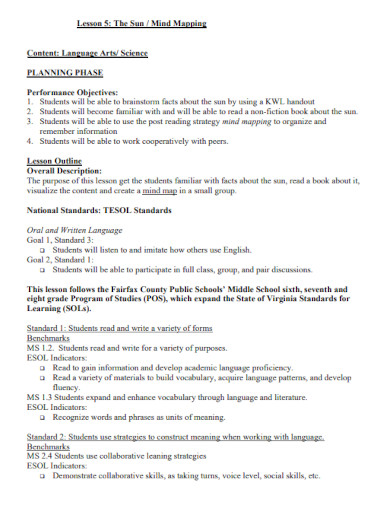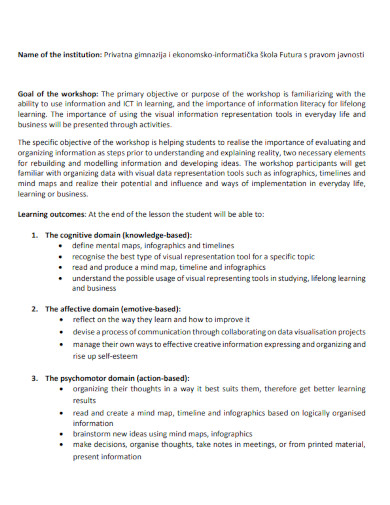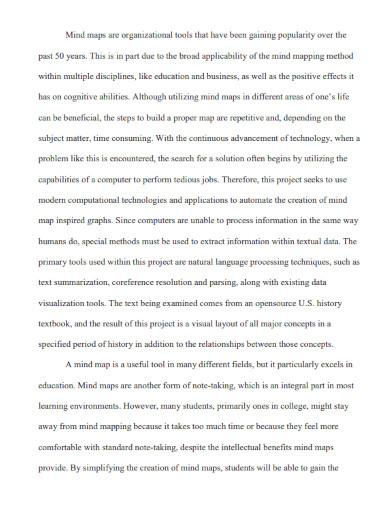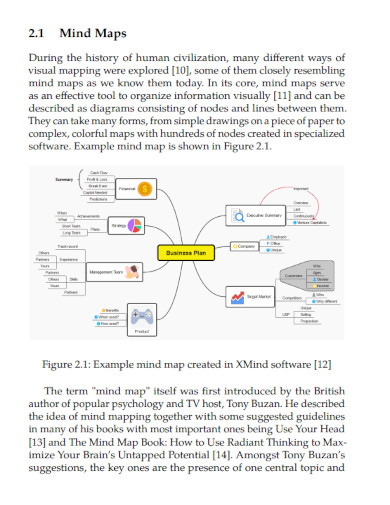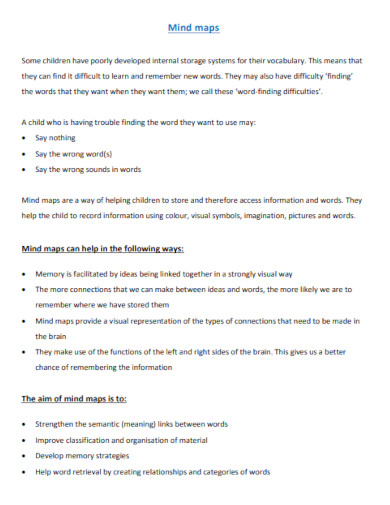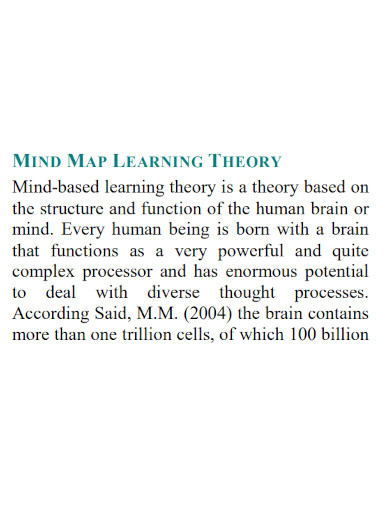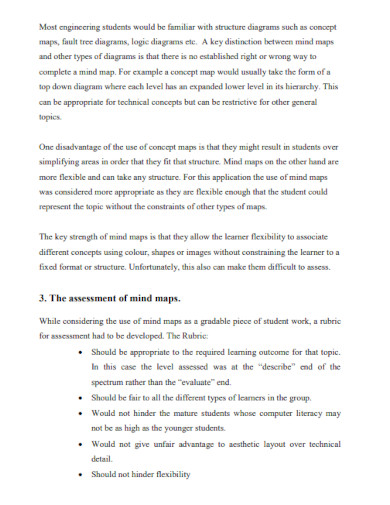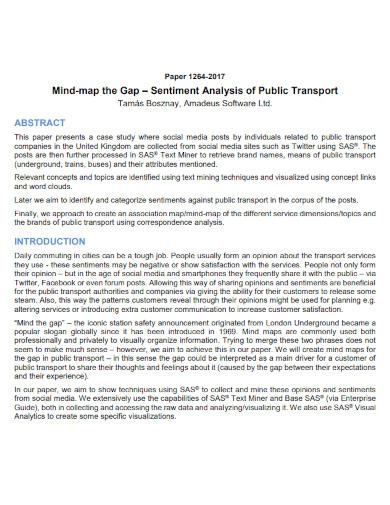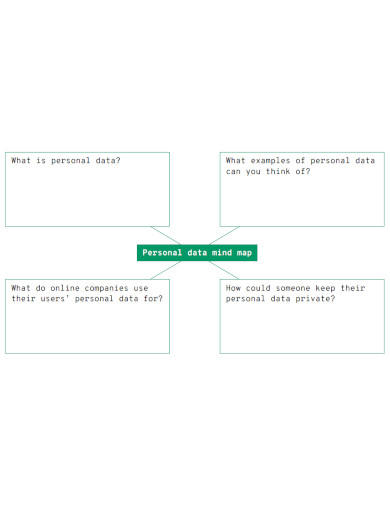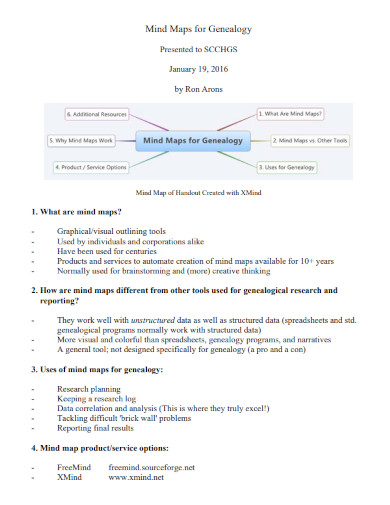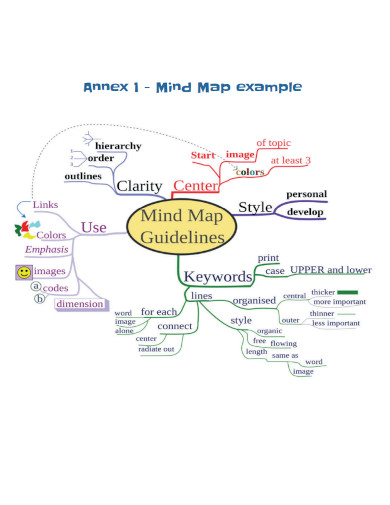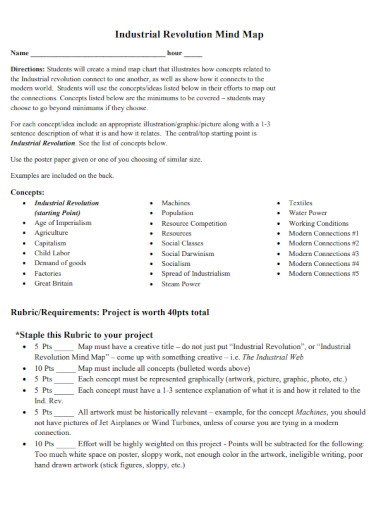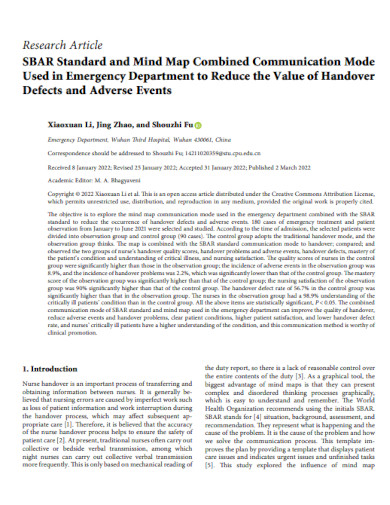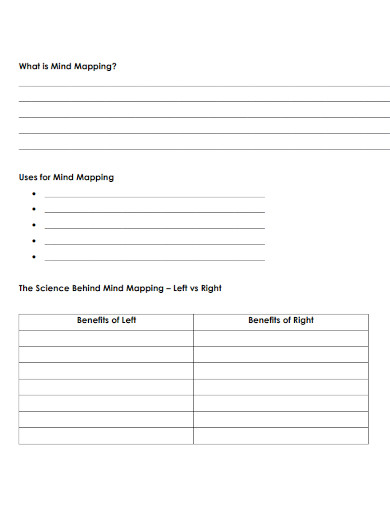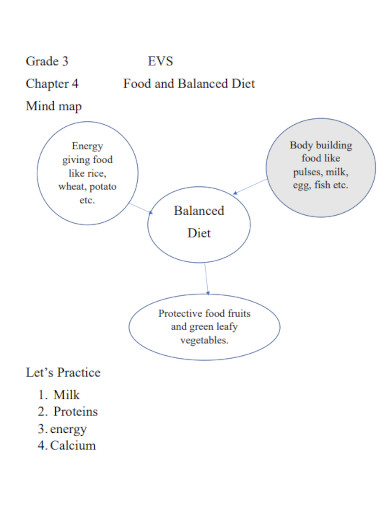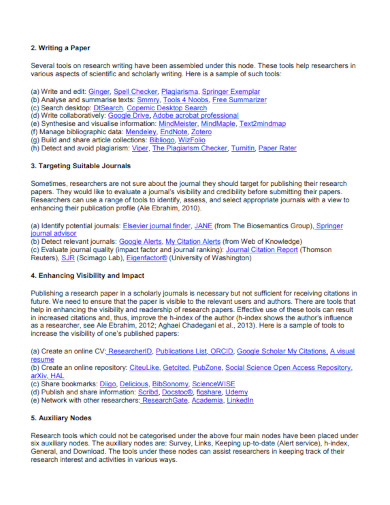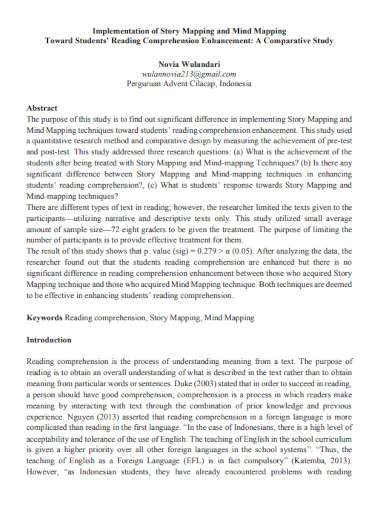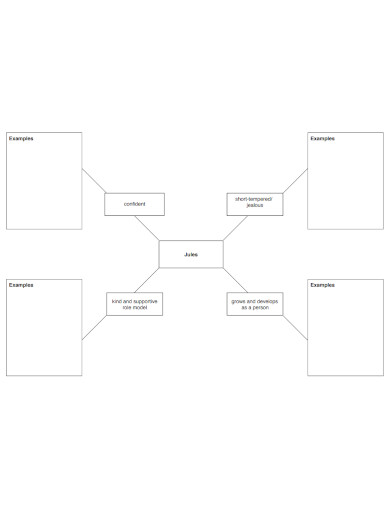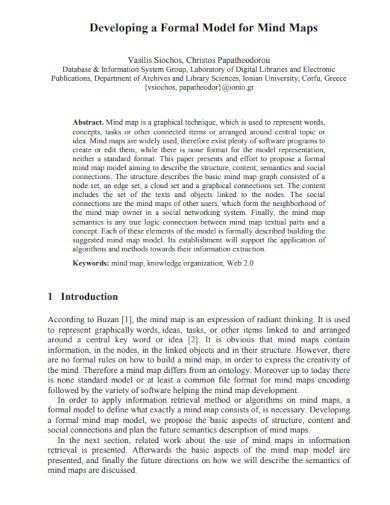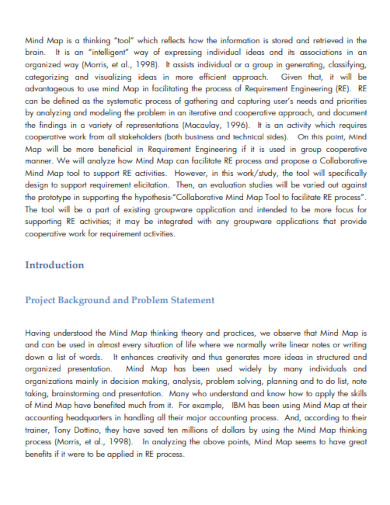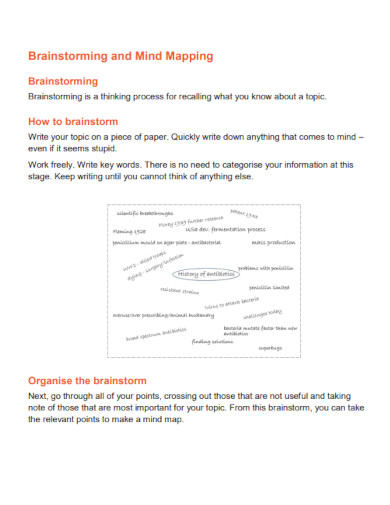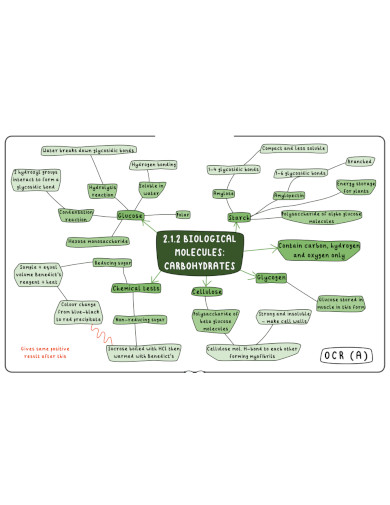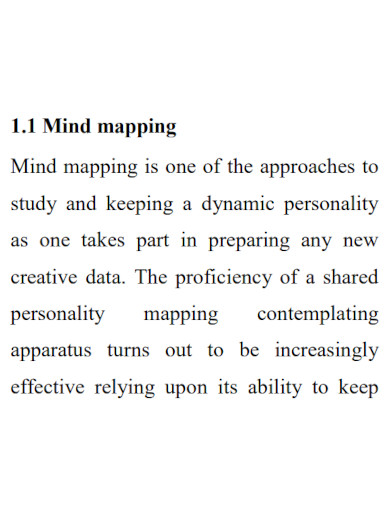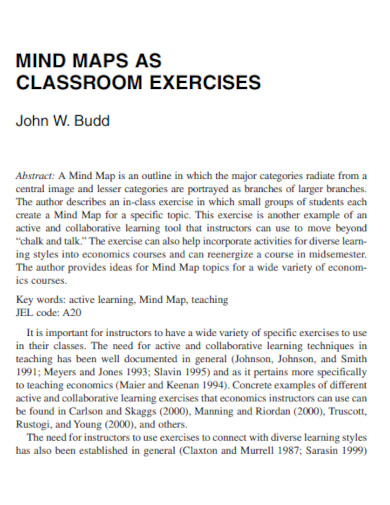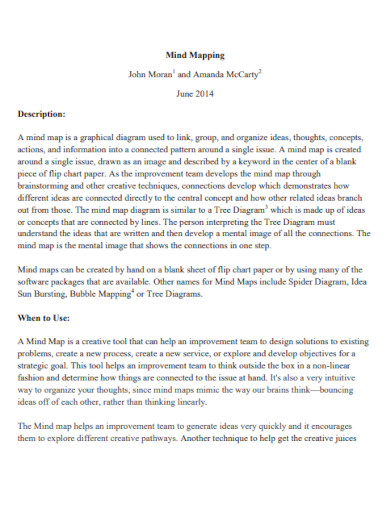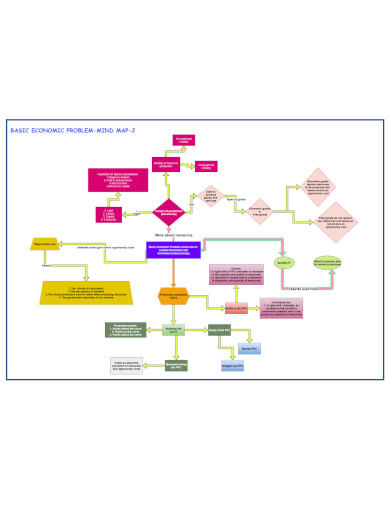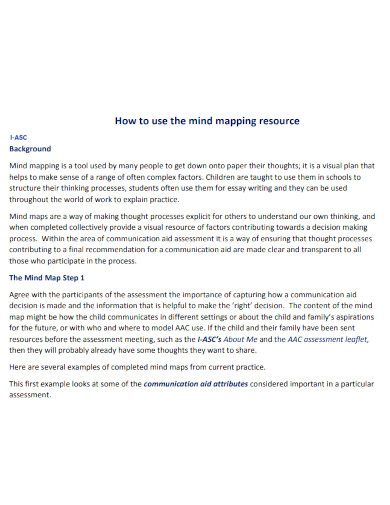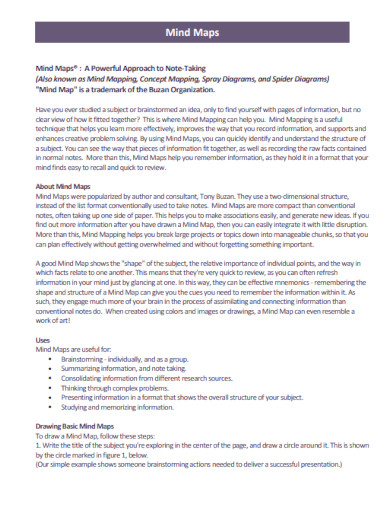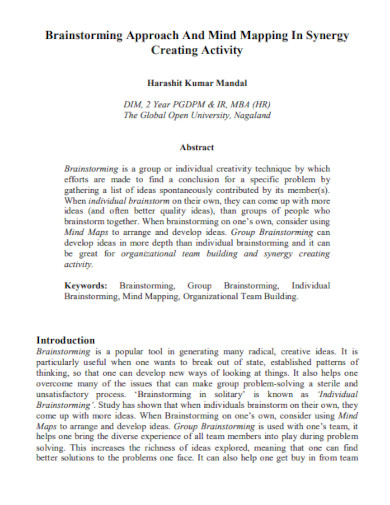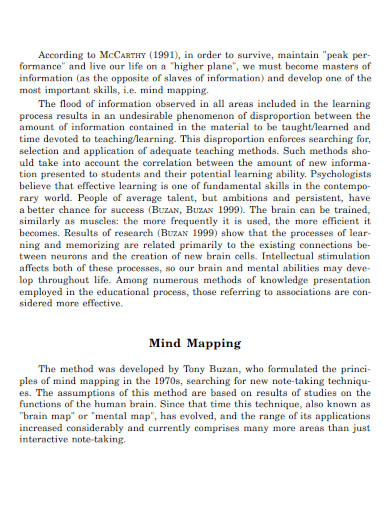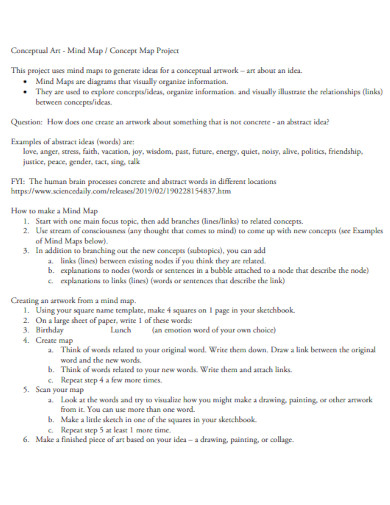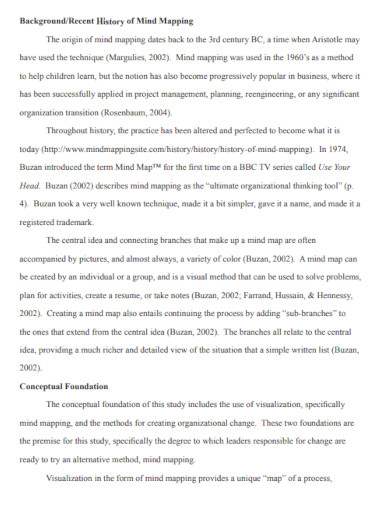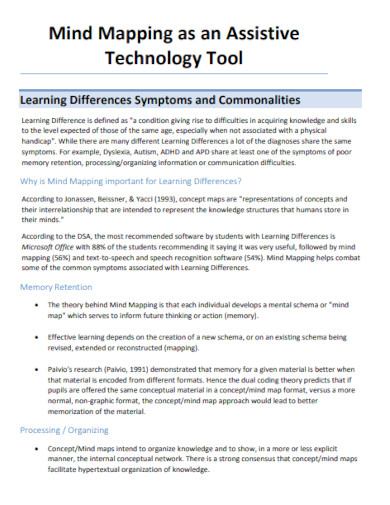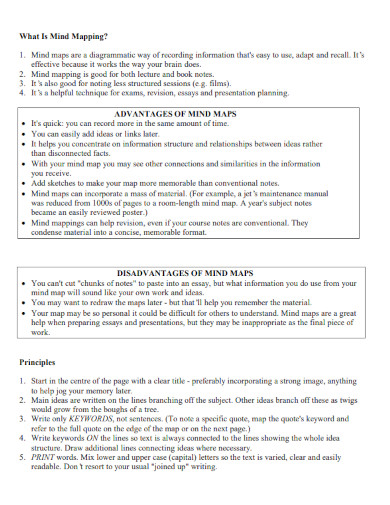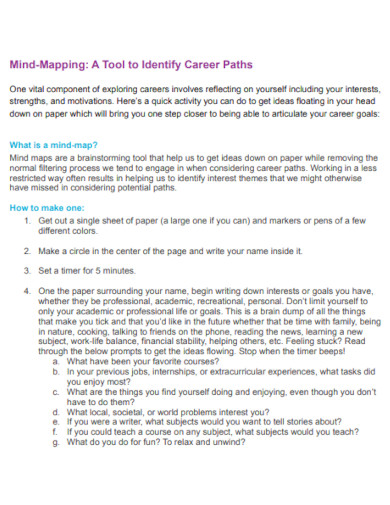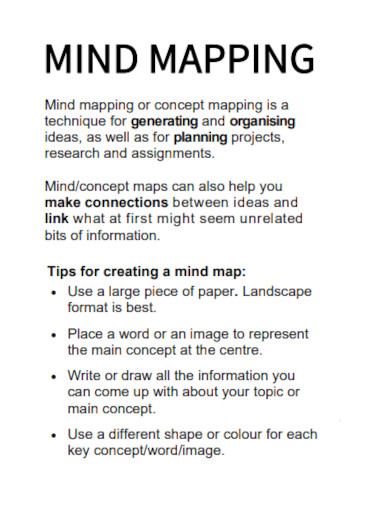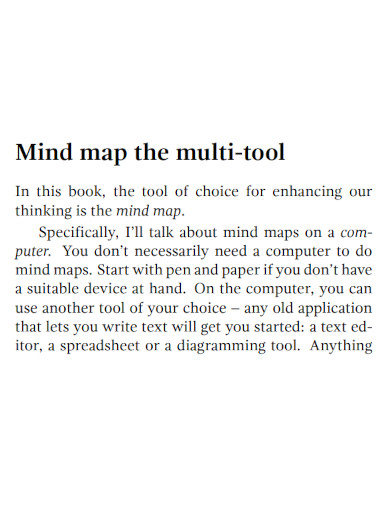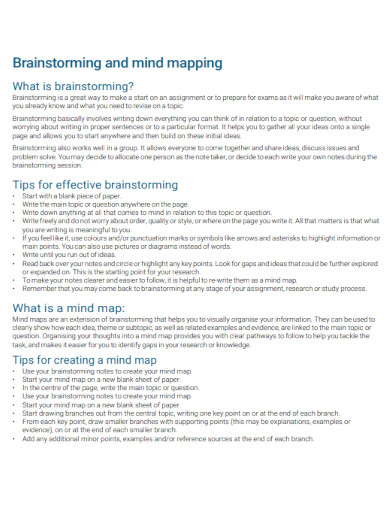99+ Mind Map Examples to Download
We each have a preferred mode of learning and understanding the different lessons and concepts around us. A mind map fuses a couple of learning styles, allowing you to easily absorb information.
1. Human Mind Map
2. Mind Map Journal
3. Drawing a Mind Map
4. Mind Map Sample
5. Computer Aided Mind Map
6. Mind Mapping Software Strategies
7. Mind Map for Classes
8. Scoring Rubric for Mind Maps
9. Digital Mind Map
10. Mind Maps as a Tool for Collaboration
11. Mind Map Ideas
12. Mind Map Format
13. Mind Map PDF
14. Educational Research Mind Map
15. Anatomy of a Mind Map
16. Mind Map Example
17. Creating a Mind Map
18. Mind Map New Perspectives
19. Brainstorming and Mind Maps
20. Mind Map Tools
21. Organizing Mind Map
22. Drawing Mind Maps Example
23. Basic Mind Map
24. Mind Map and Concept Map
25. Effective Mind Map
26. Modular Mind Map
27. Mind Mapping
28. Standard Mind Map
29. Social Research Mind Map
30. Mind Map Overview
31. Graphical Mind Map
32. Mind Maps to Plan Assignments
33. Goal Setting Mind Maps
34. Simple Mind Map
35. Doing of a Mind Map
36. Mind Maps for Effective Learning
37. Mind Map Approach
38. Mind Map Literature Review
39. Presence of Mind Map
40. Mind Map Assignment Type
41. Automatic Mind Map
42. Printable Mind Map
43. Mind Map Introduction
44. Framework of Mind Map
45. Efficient Mind Map
46. Mind Map Environment
47. General Mind Map
48. Mind Map Technique
49. Electronic Mind Map
50. Mind Map Sheet
51. Personality Types Mind Map
52. Mind Map Software
53. Creative Mind Map
54. Science Mind Map
55. Project Management Mind Map
56. Business Mind Map
57. Mind Map Rubric
58. Goals Mind Map
59. Mind Map Lesson
60. Teams Mind Map
61. Mind Map Automation
62. Virtual Mind Map
63. Speech Mind Map
64. Product Mind Map
65. Use of Mind Map
66. Online Mind Map
67. Mind Map The Gap
68. Mind Map Chart
69. Personal Data Mind Map
70. Mind Maps for Genealogy
71. Professional Mind Map
72. Industrial Revolution Mind Map
73. Communication Mind Map
74. Mind Map Worksheet
75. Energy Mind Map
76. Mind Map of Food
77. Research Mind Map
78. Story Mind Map
79. Character Mind Map Jules
80. Conceptdraw Mind Map
81. Model for Mind Map
82. Collaborative Mind Map
83. Brainstorming and Mind Mapping
84. Biology Mind Map
85. Best Mind Map
86. Mind Map as Classroom
87. Whats Mind Map
88. Basic Mind Map Example
89. Mind Map Resource
90. About Mind Map
91. Mind Map Creating Activity
92. Mind Map Method
93. Mind Map Conceptual Art
94. History Mind Map Example
95. Mind Mapping as an Assistive Technology
96. Mind Map Notes
97. Mind Map Tool PDF
98. Mind Map Draft
99. Mind Map the Multi-Tool
100. Mind Map
What Is a Mind Map
A mind map is a note-taking tool that you can use to visually organize your topics with the use of color coding and drawing. This tool can be used to easily learn and teach other people a specific topic.
How to Create a Mind Map
A well-made mind map can cohesively summarize and creatively visualize a studied topic or idea. Creating a mind map requires you to do some basic research about your topic. If you are still confused or unsure about how a mind map works and looks you may look at the mind map examples, samples, or PDFs on the list above.
1.) Create an Outline
Begin by conducting research on a topic you are interested in. After you have obtained the necessary information and data you will now create an outline that consists of all the relevant information. This step will help visualize all the different branches and sub-branches you will create.
2.) Draw an Image that Encapsulated the Topic
The center of the mind map should be an image or a graphic that represents or symbolizes the topic of the mind map. This main image will serve as the core of the mind map.
3.) Create Main Branches
Start by creating the main branch which will serve as one of the main topics listed in the outline. Color the branch a color that hadn’t yet been used, which will dictate the color of sub-branches used in the topic. You may also add a small picture or illustration to accompany the title of the main topic.
4.) Write Down the Sub Branches
Using the outline, you will add the subtopics related to the main branch as the sub-branch of this section. Note that the branches have to be the same color as the main branch. The words on the sub-branches should be three words or less per branch.
5.) Repeat Steps Three and Four Until Satisfied
You will need to repeat steps three and four if you have not completed all the topics listed in the outline. Do this until you are satisfied with the overall content of your mind map.
FAQs
What are the advantages of making a mind map?
There are plenty of advantages a person can get when they create a mind map about a topic they are interested in. This is due to the amount of work done by the person making the mind map, as the creation of the mind map requires the person to draw and summarize their understanding. The mind map will not only improve one’s memory of the topic and information, but it will also break down complex ideas and information into small key pieces.
Is there any software that can easily make a mindmap?
There is plenty of software online that you can use to create your mind maps. Xmind is a subscription-based online software that allows you to easily create comprehensive mind maps and idea trees with plenty of customization tools at your disposal. Coggle is a free mind map tool that has a subscription-based model integrated into its more distinct functional; this software will allow you to collaborate with people in the creation of the mind map. Freemind is another software that allows you to make mind maps and concept trees with ease, its payment method for now the license will last for a lifetime but it might shift to a subscriber-based model.
Do mind maps work for people with ADHD?
Yes, mind maps can help people with ADHD learn the topic and absorb the information at a quicker rate. This is because the mind map touches a variety of things that can easily interact with a person exhibiting ADHD.
A mind map is a note-taking technique that allows the person to creatively conceptualize and create their notes. The mind map creating process lets the person work with various types of intelligence ensuring that the brain will be engaged in the creation of the mind map. In conclusion, a well-made mind map will allow the person to creatively engage themselves and easily absorb information.


